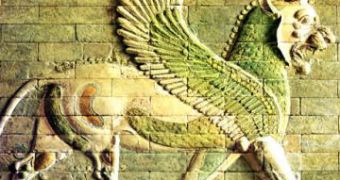We are obsessed with Egypt and Mesopotamia and all kinds of theories explaining how civilization emerged in these areas.
But now archaeologists are coming with an increasingly more evidence that expands the view on the origin of civilization far beyond Mesopotamia. Mesopotamia is widely credited to be the cradle of civilization, but a growing body of artifacts show that about 5,000 years ago, many civilized urban areas existed also in an arc that stretched from Mesopotamia to the east for thousands of kilometers across the modern India and Pakistan.
"While Mesopotamia is still the cradle of civilization in the sense that urban evolution began there, we now know that the area between Mesopotamia and India spawned a host of cities and cultures between 3000 B.C.E. and 2000 B.C.E." said archaeologists of the International Association for the Study of Early Civilizations in the Middle Asian Intercultural Space reunited last month in Ravenna, Italy.
The meeting rejoined for the first time many archaeologists from over 12 countries to discuss the fresh findings pointing to this new view on the beginning of civilization and the proof of shared trade, iconography and other culture, as revealed by digs in remote areas across this arc. The findings come from dozens of urban centers of about the same age that existed between Mesopotamia and the Indus River valley (India and Pakistan).
It is clear that these centers ex-changed goods, technology and architecture. Amongst the found artifacts there are beads, shells, vessels, seals and game boards revealing a network connecting these civilizations. Hints, like similar ceremonial platforms, showed these cultures interacted and even exchanged cultural traits.
A new investigation near Jiroft (southeastern Iran) has discovered tablets with an unknown writing system, revealing the complex cultures and civilizations in an area previously regarded as a backwater. The explanation for the late discoveries could be linked to the fact that these urban centers were located away from the river valleys that archaeologists have traditionally extensively investigated. Now they are expanding their research in more remote locations.

 14 DAY TRIAL //
14 DAY TRIAL //